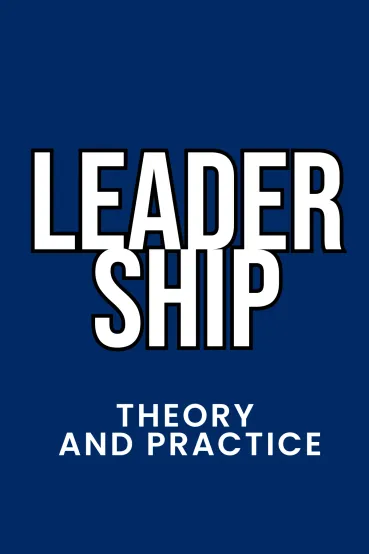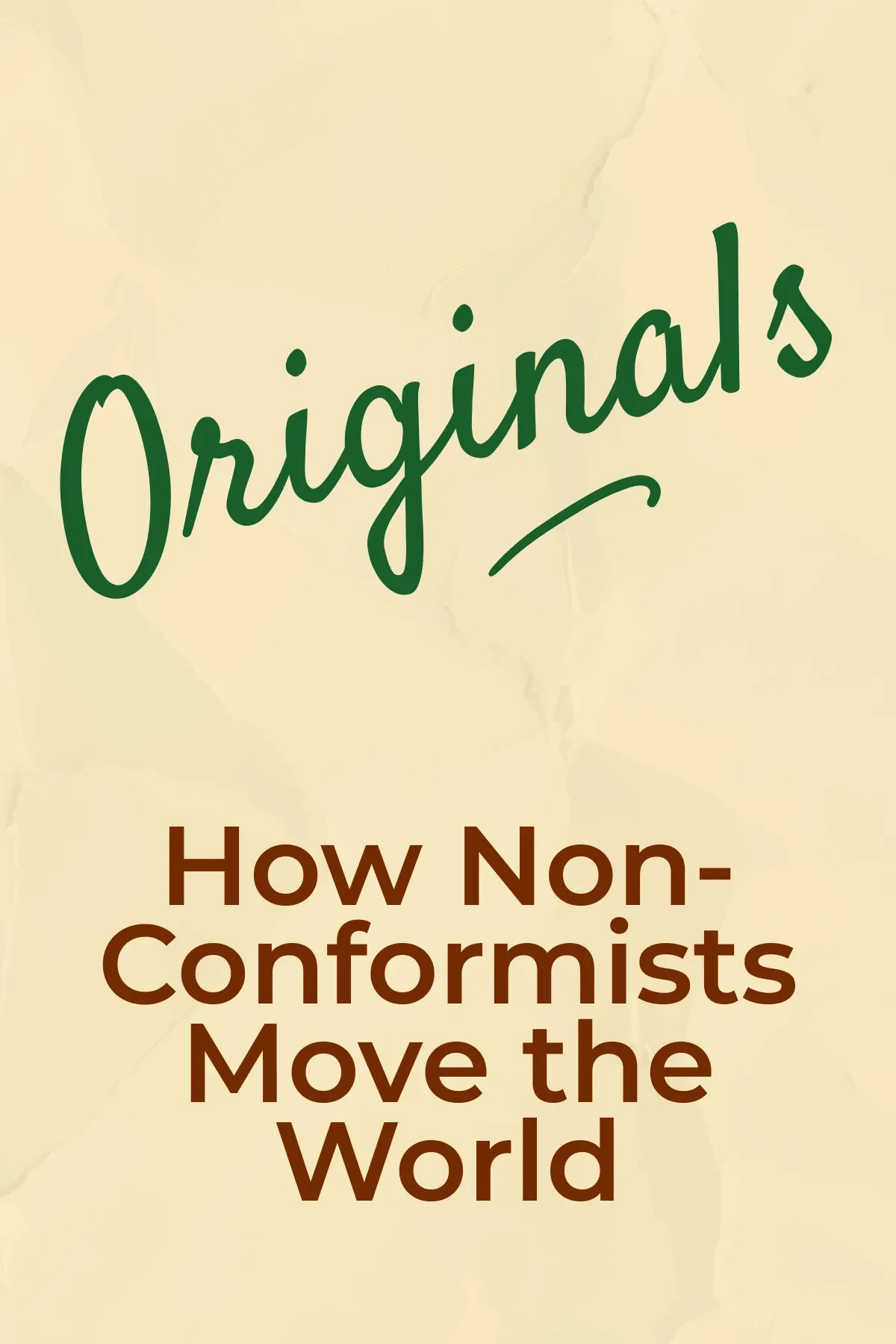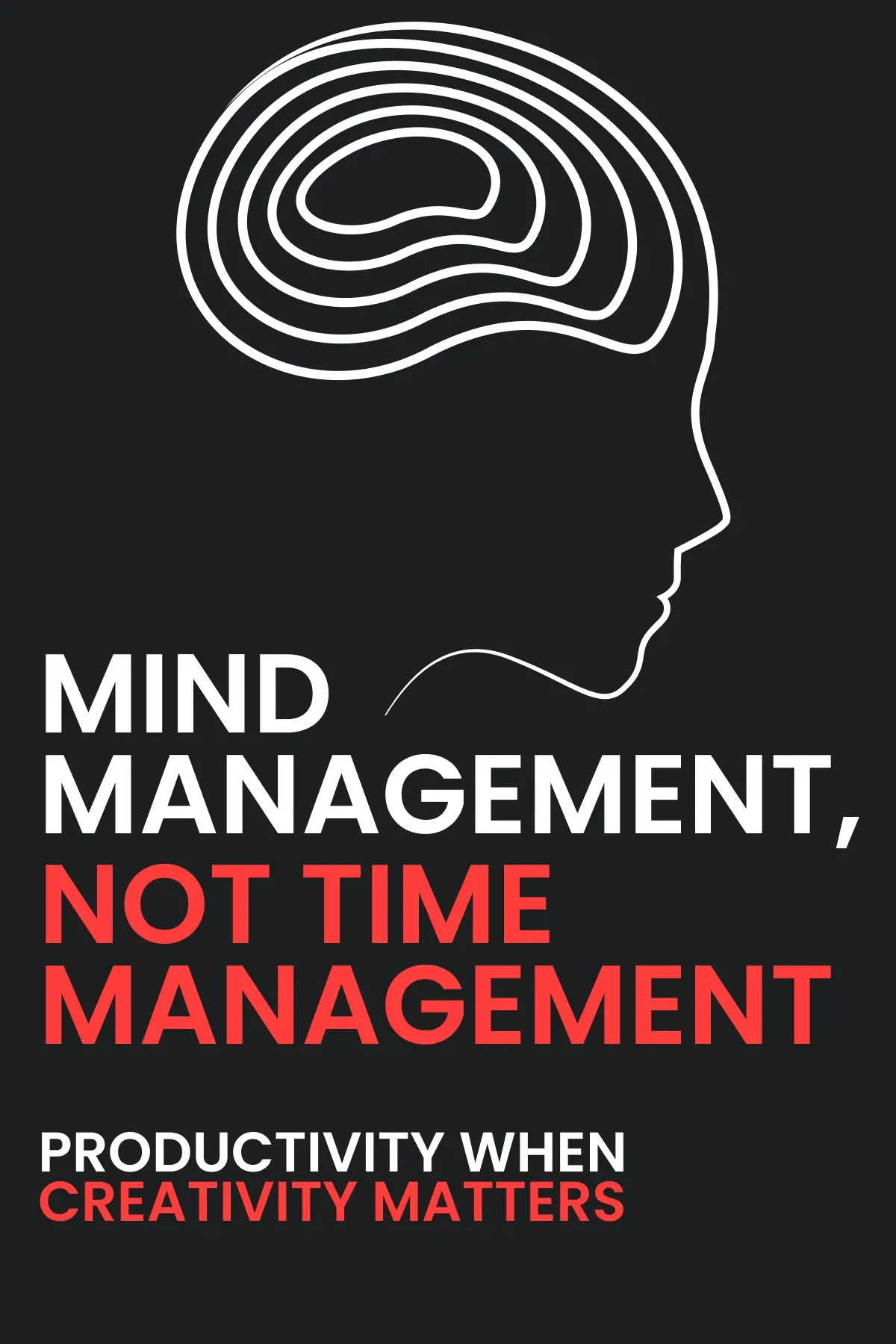
Leadership
Brief Summary
“Leadership: Theory and Practice” provides guidance on how to become a prosperous leader. Peter Northouse puts forward a variety of strategies for different types of leadership and distinguishes a good leader from a bad one.
Key points
Key idea 1 of 7
There are several definitions of leadership. One of the most common outlines it as the embodiment of a person’s ability to inspire and guide a collective toward a shared aim. What traits make someone a leader? Let’s look at some of the most popular approaches to leadership.
The first approach is the *trait theory*. This theory states that specific qualities distinguish true leaders. These are, for instance, charisma, extroversion, and intellect. The absolute opposite is the *theory of skills*. According to this approach, leaders are made, not born. To become a leader and influence others, you need to master specific skills. Among them are the ability to work and communicate with people, knowledge in a particular field, and the talent to perceive and create abstract conceptions.
According to the behavioral view of leaders, there are two ways to influence people. The first one is *task behavior*, which involves achieving particular goals. The second way, *relationship behavior*, is about making your followers feel mutual understanding so that they can do their best. Next comes, the *situational theory* which claims that circumstances play a crucial role in forming leaders. Leadership skills are about successfully adjusting to any situation they have to face.
Moving on, according to *the Path-Goal Theory*, leaders should employ four steps to help their followers accomplish their goals. The first two steps are to find the goal and define how to implement it. The next steps are to counter all difficulties and offer help to those who follow.
The last one is *the Leader-Mentor Exchange Theory*, which emphasizes the dynamic interaction between leaders and followers. It highlights the crucial role of a mutual relationship in achieving success.
Now that you have a general understanding of leadership it’s time to learn what creates good leadership.
FAQ
You may also like these summaries











